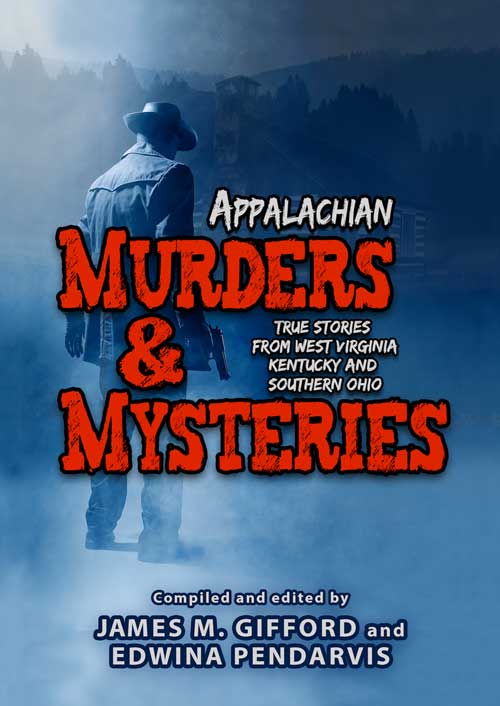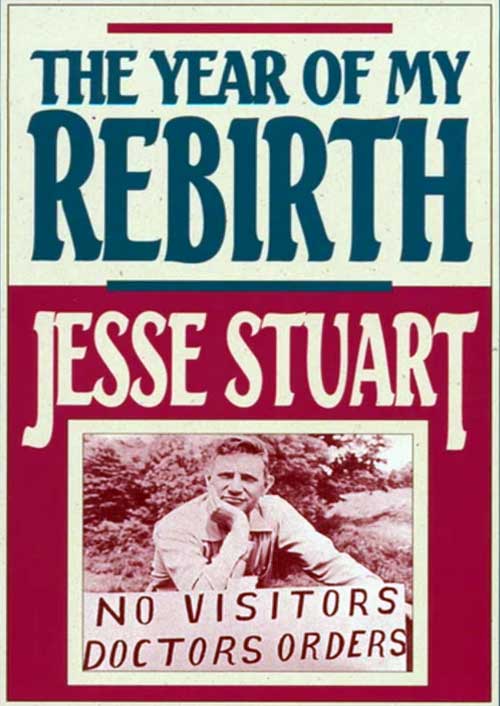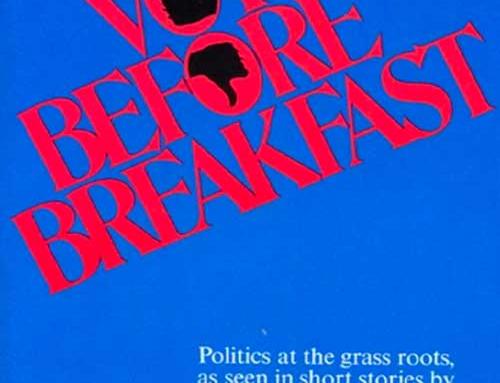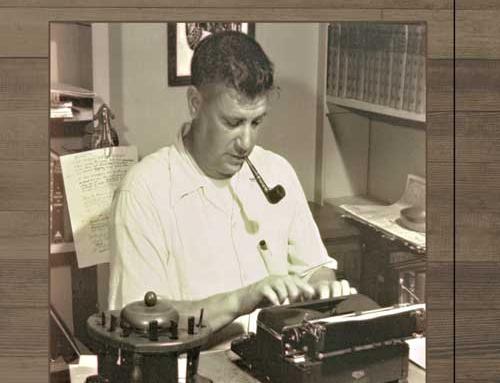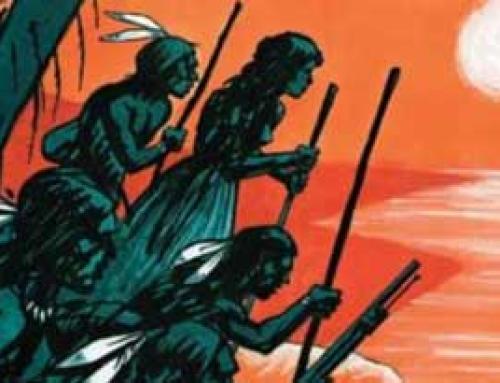In his 1956 autobiography, The Year of My Rebirth, Jesse Stuart briefly mentions the murder of “Nick” Nickapopolis, a pack peddler who worked W-Hollow on a monthly basis in the 1850s. Nick became a monthly regular for many years, normally spending about two days per month walking through the hollow and visiting each home. Adults liked and respected him, and little children remembered Nick fondly because he always had a piece of candy or a stick of gum for them. Nick’s standard procedure was to walk from home to home and, as darkness fell, spend the night with some family. He was a welcome guest because of his cheerful personality and his stories of the “old country” and the hundreds of places he had visited in America.
Then, one month, Nick did not visit the homes in W-Hollow, and he did not come the following month, either. People “began to suspect foul play,” because Nick often carried “a substantial amount of money” along with his wares. Months passed and one evening Mitchell Stuart, Jesse Stuart’s father, was walking home when he “saw a light hovering over the well” near the road into W-Hollow. When he approached the well, the light disappeared into the well. When he told that story at home, his wife, Martha Hylton Stuart, suggested that he might have had too much to drink before starting home.
Then much to her surprise and dismay, Martha saw the same light when she was walking home from the Little Mary Baptist Church one evening. As time passed, several other residents of W-Hollow saw it, too. One Stuart neighbor called it “an omen” that required action or else the people and animals of W-Hollow might suffer dire consequences. Consequently, one evening four men gathered and saw the light dip into the darkness of the well. One summoned the courage to look into the well and saw a man’s boot sticking out of the well water. Using a ladder and a rope, the four men pulled the old pack peddler’s body from the well. His skull had been fractured with a wooden object. A local minister would later preach a “decent funeral for a decent man” and old Nick was buried in W-Hollow.
No one was ever convicted of the murder, although there was a local suspect who showed surprising prosperity for a while, strutting around in new clothes and buying drinks for his friends at the Greenup Saloon.
After Nick was buried, the light over what came to be called Peddler’s Well was never seen again. The same men that rescued Nick’s body cleaned the well and scalded and washed the sides, but no one was willing to drink from the well again. Finally the people of W-Hollow filled in the well.
Jesse Stuarts’ discussion of the murder at Peddler’s Well was tempered by a short, non-fiction essay written by Jesse’s brother James in an unpublished manuscript entitled “Come Drink of Lonesome Waters.” James recounts the murder as an early twentieth century event while Jesse says the murder occurred “back in 1850.”
Jesse concludes that “the great tall tales of this place have flown with the winds of yesterday” and suggests “our imaginations aren’t what they used to be.” (See The Year of My Rebirth, pp 206-209) Stuart’s conclusion reinforces my belief that his version of the story is an exaggeration, but no one knows if it is the exaggeration of a fact or a fanciful ghost story that grew into a legend.
The late Stacy Nelson, James and Jesse’s nephew, lived near the site of the old Peddler’s Well. As a boy, Stacy heard another variant of the story. According to Stacy, a house near the well was home to an older man and his attractive daughter who was in love with the pack peddler. After the peddler was robbed and beaten to death, his sweetheart grieved herself to death. The ghost of the peddler haunted the well and the nearby house until the men of the hollow burned the house to rid themselves of the ghost. Stacy said the well was a safety hazard to local children and his Uncle Jesse and others filled in the well with rocks and dirt and turned the area into a hayfield.
Now, all that remains is the legend of Peddler’s Well.
If murder stories interest you, I recommend Appalachian Murders and Mysteries, a collection of 23 true stories from West Virginia, Kentucky, and southern Ohio, a 411-page hardback book that Edwina Pendarvis and I compiled and edited for publication in 2016. It can be purchased at the JSF Bookstore at 4440 13th Street in Ashland. For more information, call the JSF at 606.326.1667 or e-mail jsf@jsfbooks.com.
By James M. Gifford
JSF CEO & Senior Editor


